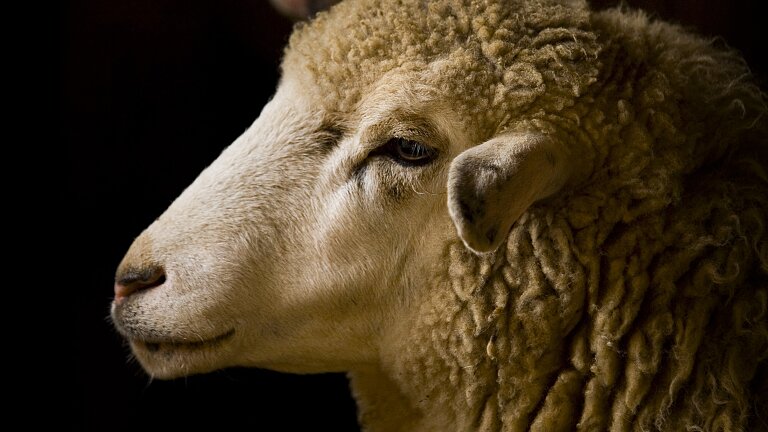
To Make Atonement For Him
Leviticus 1:4 (ESV) – He shall lay his hand on the head of the burnt offering, and it shall be accepted for him to make atonement for him.
We are so far removed from the sacrificial system in Israel that we fail to appreciate what kind of bloody affair it was. Sacrifices were a messy thing. Animals were slaughtered on behalf of the people for their sins. We know this because we’ve read about it. But we fail to understand the sounds, the smells, and the sights of these sacrifices. Imagine the squeals of animals being slain. Think about the smell of the blood in the heat of Jerusalem as it permeated the area surrounding the sacrifice. We miss these images as we consider the price of our forgiveness.
Our text today points us to atonement. Atonement is the word used to talk about the satisfaction made by a sacrifice for sins. It is an absolving and cleansing from sin. We read in Leviticus 1:4, “He shall lay his hand on the head of the burnt offering, and it shall be accepted for him to make atonement for him.”
Notice that this passage outlines the work of the High Priest in making atonement for himself and the people. This occasion was a solemn and serious moment. Tradition has it that the High Priest walked in to the Holy of Holies with a rope tied around his ankle so that if he died, they could pull him out without entering the sacred place themselves. This time of sacrifice and making atonement for sins was a holy endeavor.
The priest laid his hand on the head of the offering. This signified a transfer of sins onto that creature. After this transfer, the sacrifice was now bearing the sins of the people and acceptable to be slain in their stead. The animal died a sacrificial death to expiate (take away) for sins and propitiate by the blood (the turning of God’s favor toward us) and place the wrath of God onto itself.
This scene in Leviticus and throughout the Old Testament is a reminder of what our Savior Jesus did for us.
What a Savior we have! He bore our sins as a sacrificial lamb. He became guilty so we could walk in innocence. He takes away our sins and turns the wrath of God off of us and onto Himself. This is the beauty of redemption.
But the scene at Calvary, like that of the Temple, was no tame picture. The sounds of suffering and smells of death surrounded the hill. Yet there on the tree hung the Savior of men. Look to Him today and you can be saved. Ask for His sacrifice to cover your sins. Live with a renewed gratitude in the Redeemer of man, Jesus Christ, the righteous Lamb slain for the guilty.
Reflection & Journal:
- What does the word atonement mean? What is the difference between expiation and propitiation?
- Why did the High Priest need to make atonement for the people and himself?
- How does Jesus fulfill the role of the sacrificial system?
We make these devotions freely available to thousands of readers daily. If you’d like to help support the ministry, please click here to learn more.
Sign up to receive our daily devotions in your inbox here!
